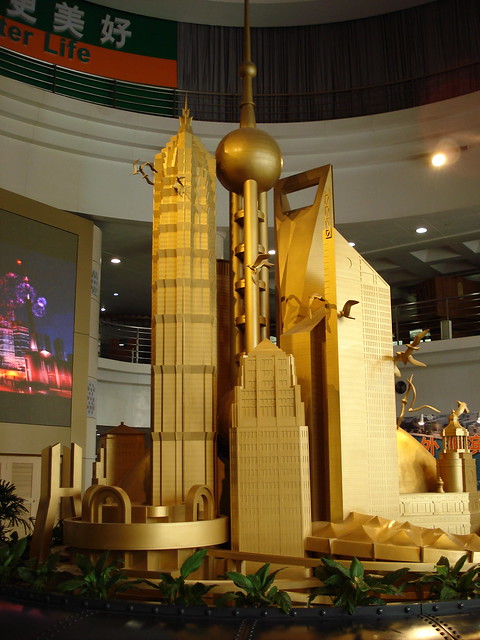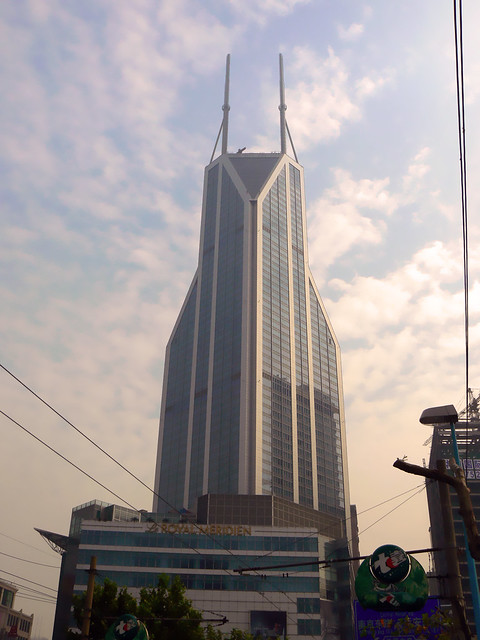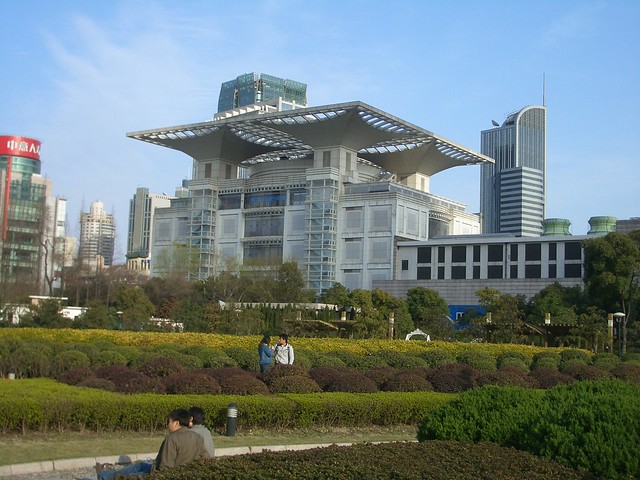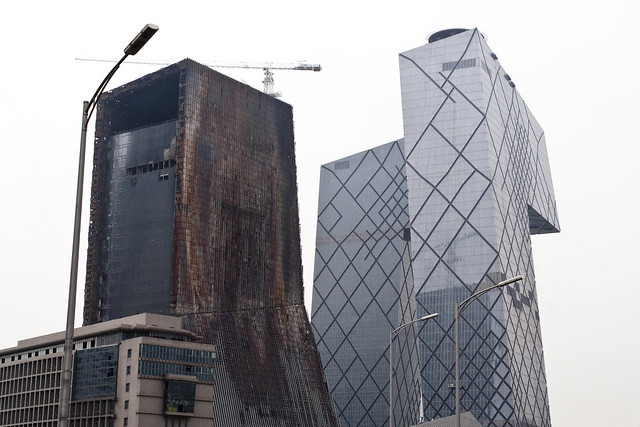As you may already know, Google NGram Viewer is a tool that enables you to search for keywords in the whole corpus of books digitalized by Google (in 7 different languages), thus indicating the frequency of specific terms over the years. In this TED talk the creators explain the original idea and how they developed the software.
Playing around with NGram I had the idea to look for the importance of some worldwide known architects (i.e. the frequency in which their names appear in books. Of course, we have to infer that cases of homonymy do not influence considerably the results). I considered three architects (R. Koolhaas, P. Eisenman, M. Botta) in the period between 1960 and 2008. I searched first in the English-language body of literature, then in German. Here is what we get:
In English literature Koolhaas, Eisenman and Botta have roughly the same importance in absolute terms. Interest in Eisenman arose around 1970, in Koolhaas some 5 years later and other 5 years later in Botta. It seems that they already experienced their "peak of popularity". In this respect Eisenman and Botta reached it between 1990 and 1995 (I can imagine due to projects such as the Greater Columbus Convention Center and the San Francisco MoMA). Koolhaas, instead, topped between 2000 and 2005, so that we can say he is seen as half a generation ahead (he was born in '44, Eisenman in '32 and Botta in '43).
Let's now have a look at the German corpus:
The graphs have a more homogeneous pattern. Interest in the three architects arose at the same time in the late '70s, and, as with the previous search, they reached their "popularity peak" already, again at the same time roughly, between 1995 and 2000. What is interesting to note is that this time Koolhaas enjoys a popularity 2 times higher that his colleagues...
Now, what about a comparison with the godfathers Le Corbusier and Mies? Here their "behavior" in English:
Now, what about a comparison with the godfathers Le Corbusier and Mies? Here their "behavior" in English:
Their popularity increased steadily roughly until 2000, then the curve became negative. In German, with more variations, the pattern seems comparable:
Here we might speculate about the different impact of media and the star-architect-system, or, in a more radical way, we could imagine a change in the interest architecture and urbanism. Or a growing disinterest? "What ever happened to urbanism?".
Here we might speculate about the different impact of media and the star-architect-system, or, in a more radical way, we could imagine a change in the interest architecture and urbanism. Or a growing disinterest? "What ever happened to urbanism?".












